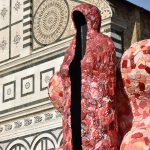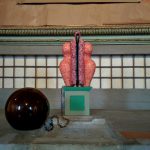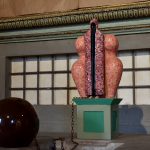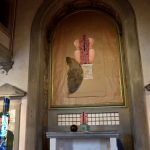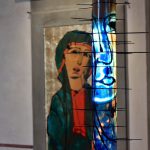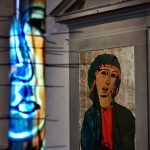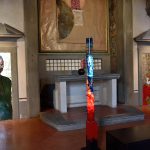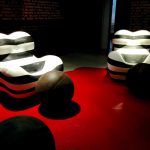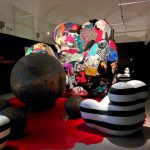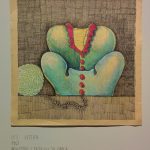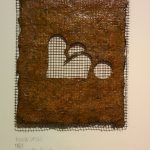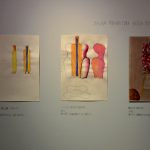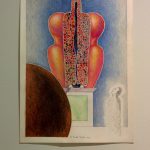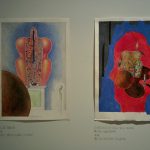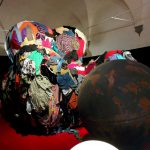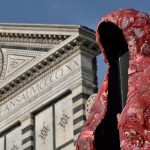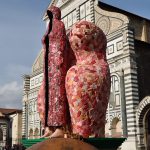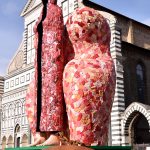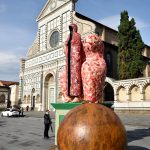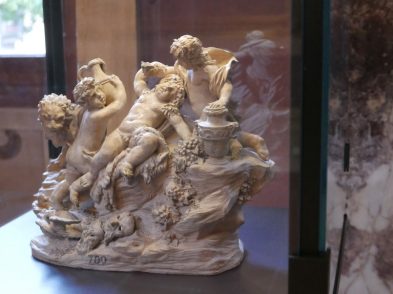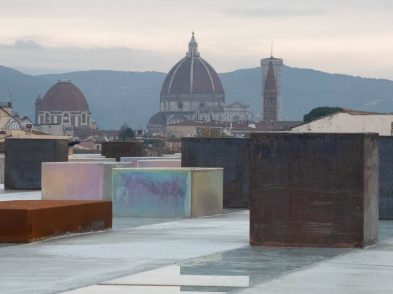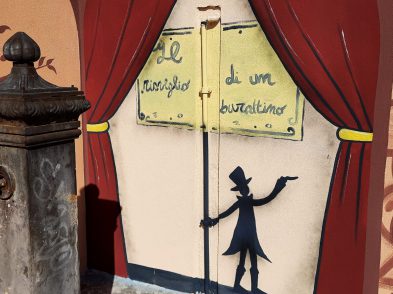- Majesty Betrayed by Gaetano Pesce / ph. Andrea Paoletti
- Majesty Betrayed by Gaetano Pesce / ph. Andrea Paoletti
- Majesty Betrayed by Gaetano Pesce / ph. Andrea Paoletti
- Majesty Betrayed by Gaetano Pesce / ph. Andrea Paoletti
- Majesty Betrayed by Gaetano Pesce / ph. Andrea Paoletti
- Majesty Betrayed by Gaetano Pesce / ph. Andrea Paoletti
- Majesty Betrayed by Gaetano Pesce / ph. Andrea Paoletti
- Majesty Betrayed by Gaetano Pesce / ph. Andrea Paoletti
- Majesty Betrayed by Gaetano Pesce / ph. Andrea Paoletti
- Majesty Betrayed by Gaetano Pesce / ph. Andrea Paoletti
- Majesty Betrayed by Gaetano Pesce / ph. Andrea Paoletti
- Majesty Betrayed by Gaetano Pesce / ph. Andrea Paoletti
- Majesty Betrayed by Gaetano Pesce / ph. Andrea Paoletti
- Majesty Betrayed by Gaetano Pesce / ph. Andrea Paoletti
- Majesty Betrayed by Gaetano Pesce / ph. Andrea Paoletti
- Majesty Betrayed by Gaetano Pesce / ph. Andrea Paoletti
- Majesty Betrayed by Gaetano Pesce / ph. Andrea Paoletti
- Majesty Betrayed by Gaetano Pesce / ph. Andrea Paoletti
- Majesty Betrayed by Gaetano Pesce / ph. Andrea Paoletti
- Majesty Betrayed by Gaetano Pesce / ph. Andrea Paoletti
- Majesty Betrayed by Gaetano Pesce / ph. Andrea Paoletti
- Majesty Betrayed by Gaetano Pesce / ph. Andrea Paoletti
- Majesty Betrayed by Gaetano Pesce / ph. Andrea Paoletti
Gaetano Pesce’s original sculpture Majesty Betrayed, was unveiled in piazza Santa Maria Novella on November 19. Spotlighting the female condition and women’s liberation, the site-specific work marks the completion of the artist’s exhibition in the new exhibition halls of the Museo Novecento.
The statue stands in firm contrast with the facade of the basilica designed by Leon Battista Alberti, yet relates to the artistic, historic and religious context. Majesty Betrayed is a gigantic female figure wrapped in a long coat, inspired by the Christian Maestà (the iconography of the Madonna on the Throne), hence the highly venerated Madonna Rucellai by Duccio di Boninsegna (1285), housed in a Santa Maria Novella chapel and later moved to the Uffizi in the twentieth century.
The Majesty Betrayed sits on a throne that leans in turn on a tall plinth. The figure of queen and mother has clear signs of suffering. Her cloak is also her body, but vacuous, flagellated, solely comprised of naked skin. An injured body racked with physical and verbal abuse. A large rusty metal ball is tied to the right foot with a heavy chain, a symbol of slavery to which countless women are still subjected all over the world. The throne resembles Gaetano Pesce’s famous chair, titled Up, which has always had a political meaning since its debut fifty years ago.
Maestà Tradita
Museo Novecento
Piazza Santa Maria Novella
Until February 8, 2017

